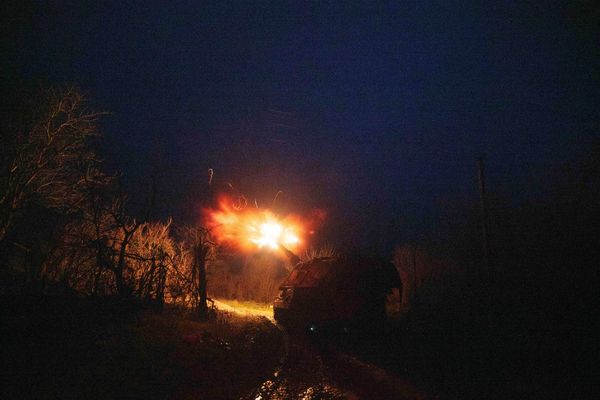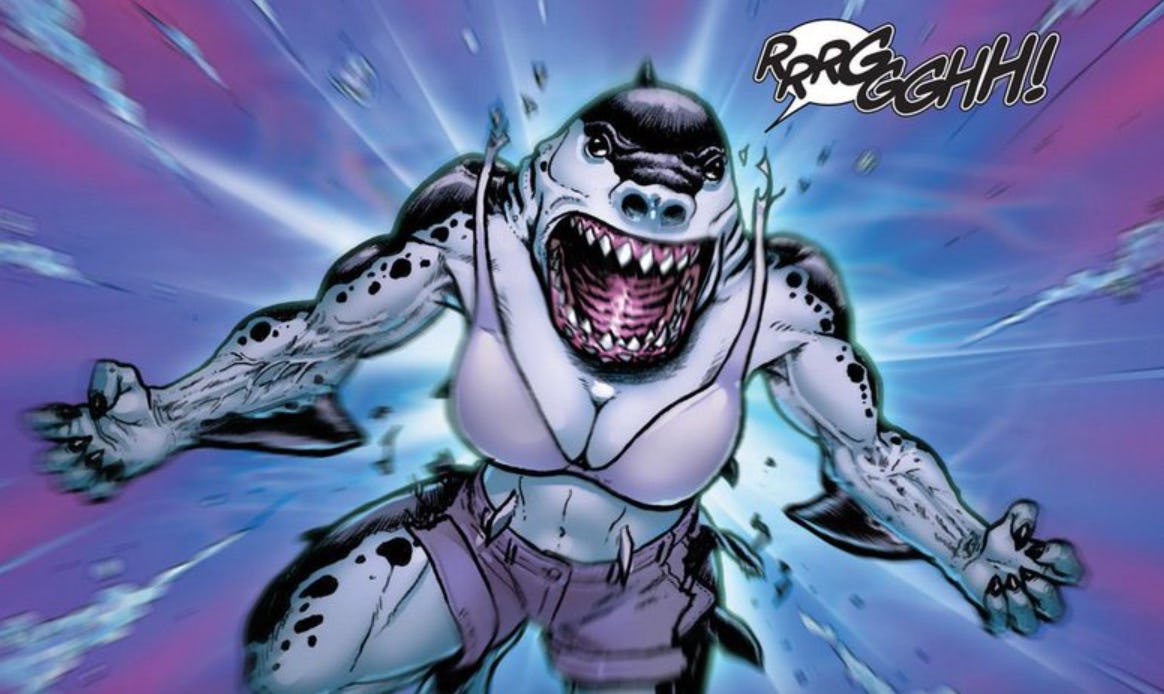
“Still think I’m adorable?”
In the third episode of Amazon’s adult animated superhero series Invincible — aptly titled “Who You Calling Ugly?” — two members of supergroup Guardians of the Globe butt heads. Rex Splode, who has the power of electricity, mocks the team’s addition of 12-year-old Amanda.
He calls her adorable, laughing, “Isn’t there, like, an age requirement for this ride?” After exchanging insults, Amanda (aka Monster Girl) transforms — in a poof of twinkly blue smoke — into a giant, green, troll-like monster, beating Rex to a pulp. In a deep, masculine voice, she pointedly asks him that rhetorical question.
Transformation plays a significant role in superhero stories. Top comic publishers like DC and Marvel depict ordinary people entering phone booths and emerging as costumed crusaders or Amazon warriors. But for women in superhero stories, transformations are particularly central, from Teen Titans’ Raven to the Guardians of Kandrakar in W.I.T.C.H. The popularity of Sailor Moon spawned an entire genre dedicated to the concept of metamorphosing women: magical girl anime.
American shows like She-Ra: Princess of Power and its 2018 reboot borrow heavily from this trope. While superhero and superhero-adjacent media that tackle the concept of women and girls’ alter-egos can differ widely, one pattern often emerges: As a heroine’s power grows, so does her beauty.
However, some superhero stories that can be interpreted as falling into the “magical girl” canon don’t honor the trope but subvert it. Anime like Revolutionary Girl: Utena stretches the motif to its most ridiculous extreme. Other recent shows, including Invincible, further distort the magical girl genre, showcasing heroines who transform into beasts rather than beauties.
New media encourages viewers to interrogate the concept of monstrosity and what it means when a girl's most powerful form is not glamorous and magical but mutated and scary. These stories explore the monstrous feminine with their superheroines and disrupt the idea that power and beauty always go hand in hand.
Until recently, there hasn’t been space in superhero media for women who transform into anything but glamazons. Monster girls are flipping the script.
When men “hulk out”
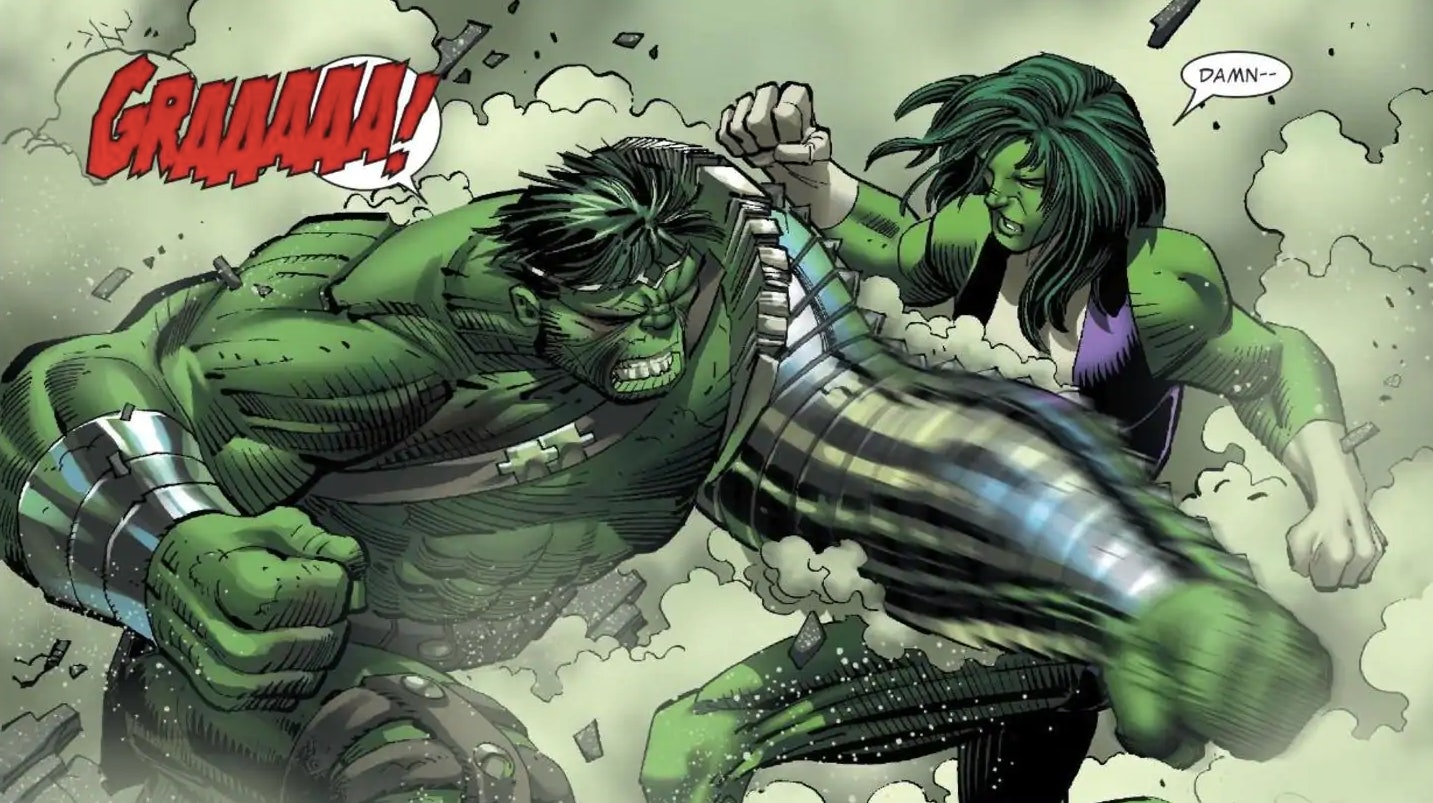
But before diving into media focusing on women, it’s important to consider how comics, movies, and television depict men and people of other genders in the midst of transformation. Perhaps unsurprisingly, finding examples of gruesome male superheroes is easy. There are those who transform — like Hulk, Ghost Rider, and Metamorpho — as well as men cursed with semi-permanent physical changes, such as the Thing and X-Men’s Beast. And we can’t forget male monster heroes like Hellboy, Swamp Thing, and Guardians of the Galaxy mainstays Groot and Rocket. The list goes on.
When men “hulk out,” they’re allowed to be grotesque. Muscles bulge, spit flies, and the brutality of their transformations isn’t minimized — “moon prism power, make up!” makes for quite a stark contrast. And while stories about these superheroes do examine the impact their appearances have on their lives, their unconventional or even ugly exteriors rarely compromise their autonomy, allegiances, or reputations.
Monster men are taken seriously by other superheroes, by their writers, and by audiences, regardless of how they look. A male hero’s form, no matter how monstrous, doesn’t negate his goodness, nor his ability to save others. The same isn’t often true for traditional superheroines. (And there aren’t many people of other genders represented outside that binary, much less any who transform.)
Transforming superheroines
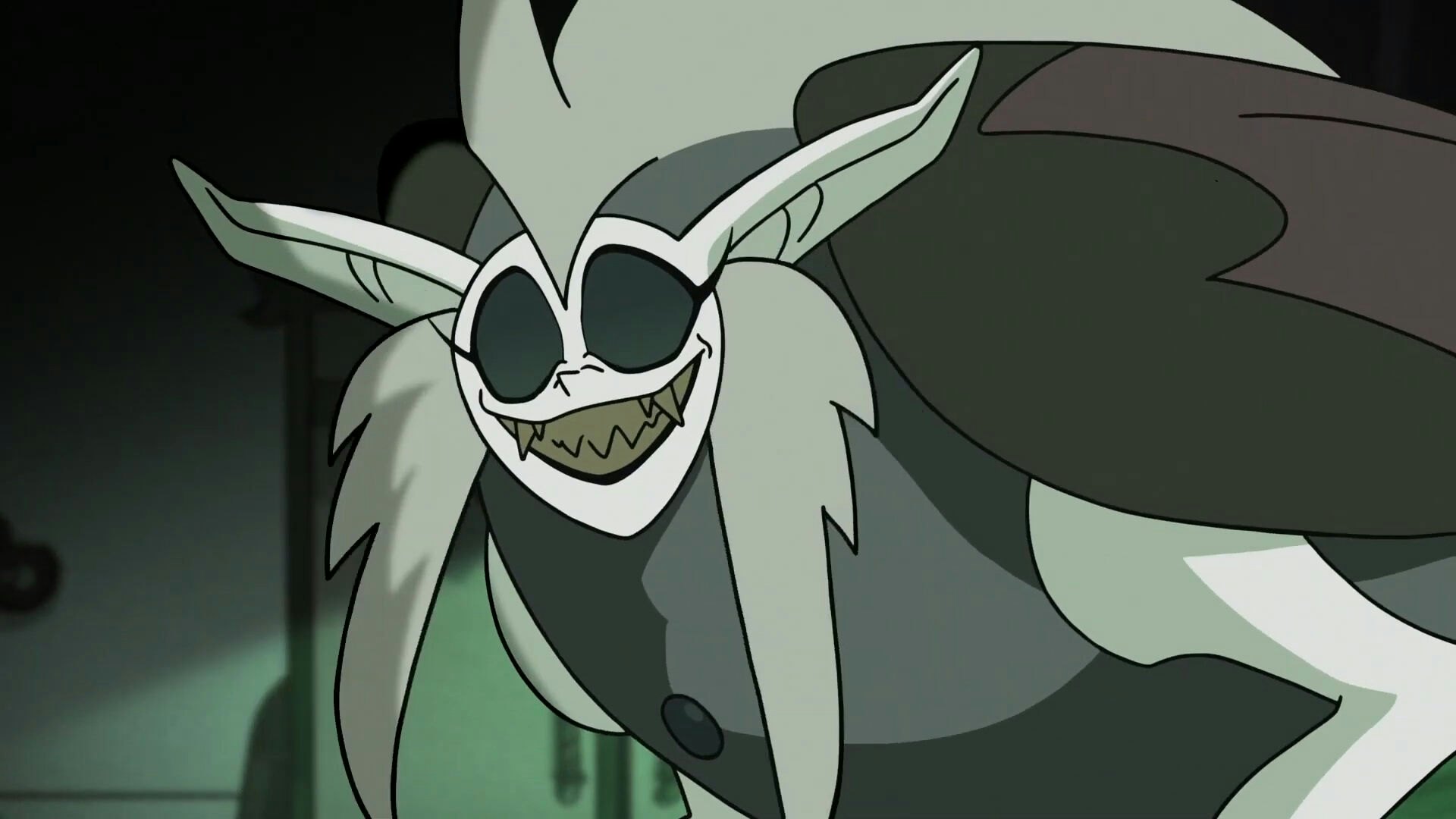
The vast majority of superpowered women who morph into other forms become prettier and sparklier as they gain abilities. But even transforming superheroines who aren’t “magical girls” can’t fully embrace the monster within.
She-Hulk, for example, is simply a derivative of her male counterpart. But she’s sexualized: Jennifer Walters grows larger, and her skin becomes green, but there’s never anything repulsive about her. Often drawn in revealing bodysuits, she’s still hot. Time will tell whether this trend continues when the new She-Hulk series, starring Tatiana Maslany, premieres on Disney+ in 2022.
Women who shapeshift into more monstrous forms are often cast as villains. Male heroes’ exteriors don’t need to match their interiors — Ghost Rider sure looks like a big bad. However, women like Mystique are portrayed as duplicitous and self-serving, their ability to change their outsides reflecting their fickle insides.
And when a heroine’s beastly transformation isn’t sexualized, it’s often employed to illustrate that an otherwise morally upstanding woman has lost control or become too powerful, either as the result of her own abilities or someone else’s manipulation. Marvel’s Harpy and Eda Clawthorne’s owl form on Owl House are recent examples of this. But the trope goes back thousands of years. Many of the monsters in Greek mythology are cursed women, like Medusa and Scylla.
However, a growing number of recent comics, shows, and films aim to challenge the magical girl trope and escape the typical trappings of media featuring monstrous women.
A new type of hero
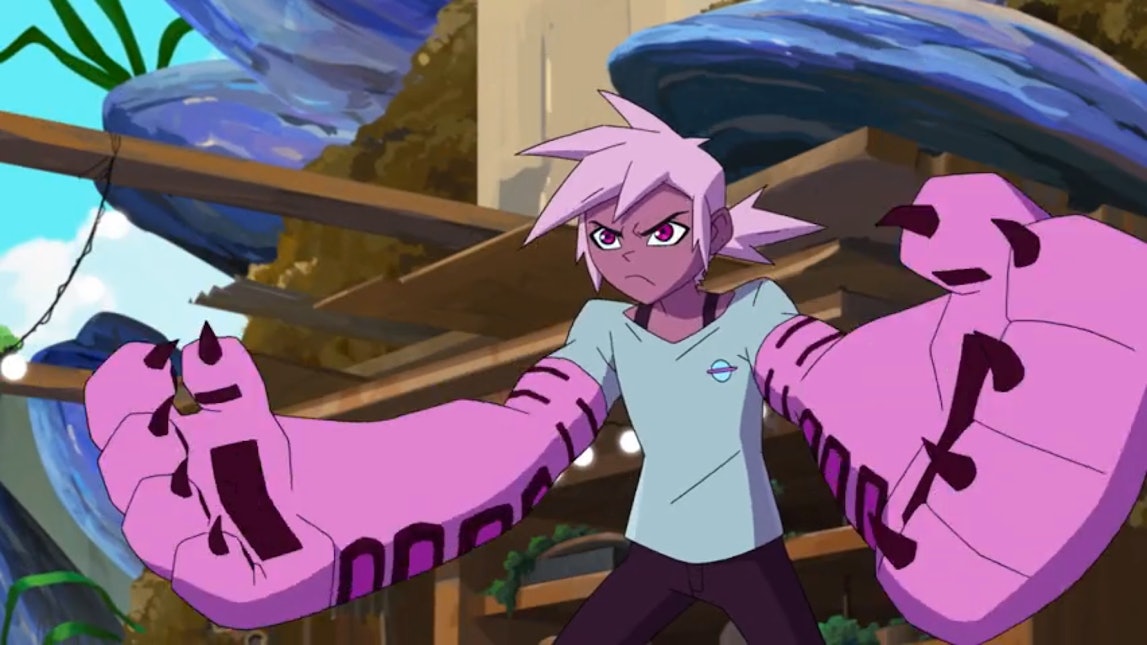
One of the most exciting animated releases of 2020 focuses entirely on the concept of mutation: Kipo and the Age of Wonderbeasts. In the three-season Netflix series, set 200 years in the future, 13-year-old Kipo leaves the safety of her underground burrow and traverses a post-apocalyptic surface world inhabited by mutants. Throughout the series, she befriends and opposes humans and mutants alike, as the distinction between the two begins to blur.
At the same time, Kipo herself undergoes changes. Her arms become pink and furry, she sprouts ears, and she notices new abilities like superior strength and sight. Kipo learns she possesses half-human, half-mega jaguar DNA, eventually harnessing the ability to fully transform. Kipo is groundbreaking for many reasons, including its diversity, its LGBTQ+ representation, and its colorful animation style.
The series also pushes the envelope in its exploration of physical and internal monstrosity. Kipo is that rare heroine who retains her moral compass and agency, commands the respect of her community, and is allowed to completely “hulk out” without judgment.
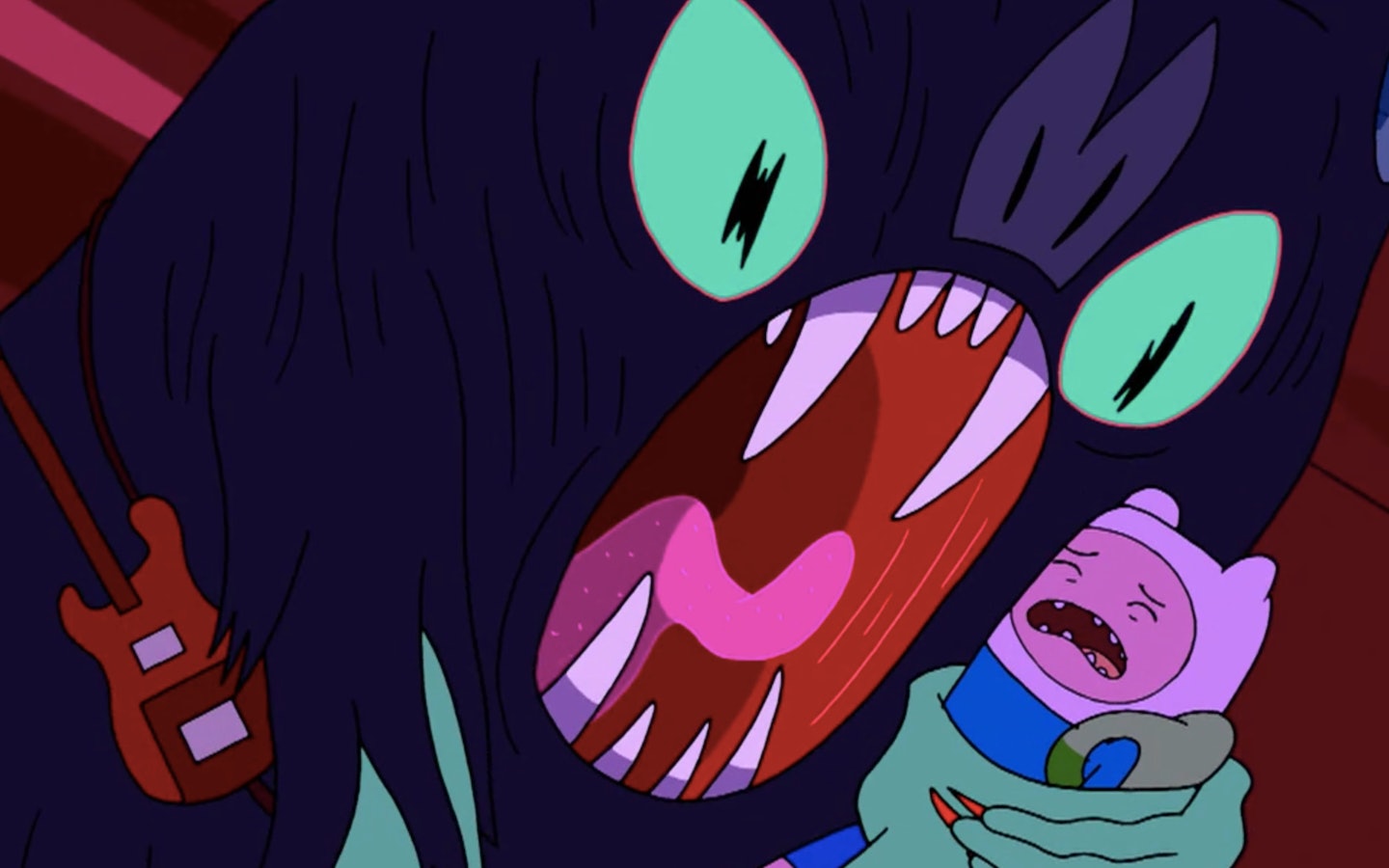
Another show that breaks this mold is Adventure Time. In the Land of Ooo, Jake isn’t the only being with the power of transformation, and Finn isn’t the only hero. First introduced as an antagonist, Marceline the Vampire Queen quickly shows her fun-loving true colors and often saves the day (and the world) alongside Finn and Jake.
Over the course of 10 seasons (and additional specials and limited series), viewers learn more about Marceline’s backstory and become familiar with her various demonic forms, the most common of which is a giant bat. In later episodes, we often see Marceline transform into terrifying-looking creatures to help her friends, and they never judge her for it afterward.
With Marceline, Adventure Time explores the kinds of trauma that can make someone monstrous, reflecting the vampire queen’s emotional journey through her transformations. In the recent revival episode, Adventure Time: Distant Lands - Obsidian, Marceline fully grapples with her inner and outer demons, singing to her girlfriend, Princess Bubblegum, “I’ve always felt like a monster, long before I was bit/Only seen as a monster, let’s just say I’m used to it.” As with Kipo, Marceline’s fiendish form is one part of herself she grapples with, but she’s a complicated, fleshed-out hero, no less so than the Thing, Beast, and Hulk.
The monstrous feminine

Top comics publishers like Marvel are now incorporating more superheroines who level up into terrifying, beastly forms. Introduced in 2016, Goodness Silva shapeshifts into Good Boy, a giant blue and white wolf. One of Marvel’s Dark Riders, mutant Iara Dos Santos (aka, Shark-Girl) takes on the appearance of a humanoid great white during battles. These women, like Kipo and Marceline, are afforded the luxury of being heroic while looking monstrous. Like the many male heroes who came before them, these characters aren’t sexualized or dismissed. They’re loved, feared, and taken seriously.
As long as there have been superheroines, such characters have been characterized by their outer beauty, while super-powered women who were ugly or terrifying-looking were deemed dastardly by default. However, the complexity bestowed upon male heroes is increasingly extended to heroines as well.
Icons like Sailor Moon, She-Ra, and Wonder Woman prove women can be stereotypically feminine — and also kick ass. But a woman doesn’t have to be beautiful to be formidable. Long live magical girls… and monster girls, too.
The Inverse Superhero Issue challenges the most dominant idea in our culture today.



